As we gear up for yet another epic Bathurst 1000 this month, with Race 24 of the 2023 Repco Supercars Championship at Mount Panorama, we take a few historical twists and turns down memory lane to celebrate the 60th anniversary of the Great Race…
In 1963 the man they would later call King of the Mountain was just an 18-year-old kid in country Victoria. Back then, no one had heard of Peter Brock, and Brock himself had yet to make his first visit to the Mountain as a spectator. The Mount Panorama circuit was already 25 years old. In 1963 it was far from the modern complex we know today. In fact, apart from a few extra wooden fences and a rudimentary pit structure and control tower, the venue was little changed from the public road ‘scenic drive’ that had been laid out just before the Second World War.
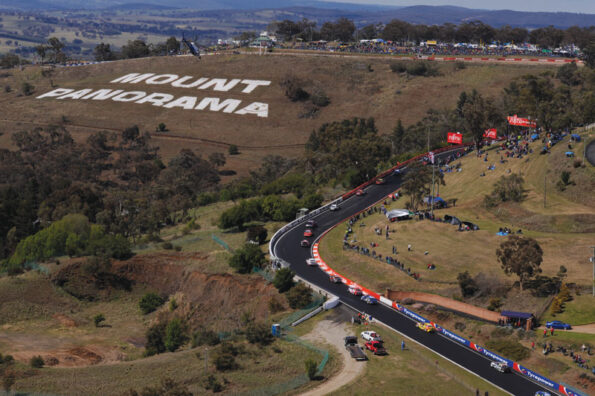
In 1963 the Holden car brand was just 15 years old. Despite its short history, it was the top-selling car in Australia by a comfortable margin. Even more remarkably, it dominated the market while offering only one model, which could be had as a four-door sedan or wagon, or in ute or panel van form. What would later be known as the Great Race had already been run three times at Phillip Island.
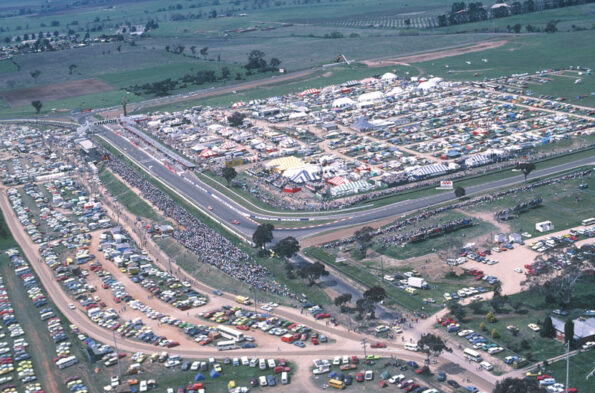
The last Phillip Island Armstrong 500 was won by a Ford Falcon driven by Bob Jane and Harry Firth, who later would mastermind Holden’s racing effort. But Holden had no involvement in racing in 1963. Fifty years ago, Firth was Ford’s motorsport conduit, and he would win the first Bathurst 500 in a Cortina GT. Two years later Barry Seton and Midge Bosworth would win driving a new version of the Cortina which Harry had developed, for Ford, especially for Bathurst. Already the manufacturers were getting involved in this epic annual long distance car race held on one of the most spectacular, and challenging circuits in the world – and, what’s more, it was a public road. In those early days the sense of excitement was real and it was growing year by year; this was a gruelling, frontier-type event like no other, pitting every-day road cars against one another in the toughest test imaginable.
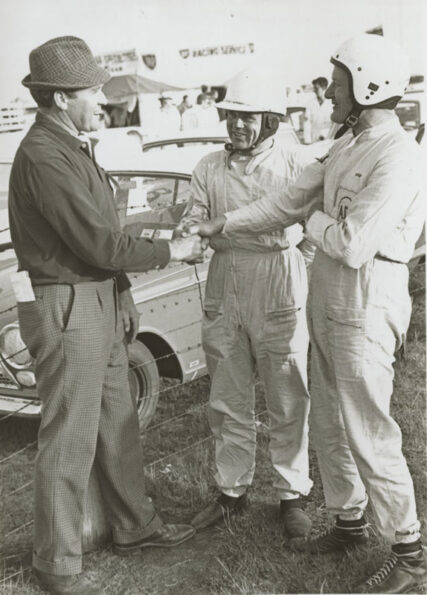
The Australian public was beginning to become captivated by this race and this unique place. For 1967 Ford upped the ante with its Falcon XR GT. This sporty V8 suddenly made the sixcylinder Holden look a little drab – and Ford demonstrated its prowess by winning that year’s Bathurst 500. With Ford now making real inroads into Holden’s market share, the General responded in kind with a high-performance car of its own, the stylish Monaro GTS 327 coupe. The new Holden faced the Falcon GT at Mount Panorama in October of 1968 – and the Holden won. The battle lines had been drawn.
A year later, as Harry Firth left Ford to take the reins at the nascent Holden Dealer Team, Peter Brock and Allan Moffat made their debuts for the factory Holden and Ford teams respectively. Brock would forever be synonymous with the race and would go on to a record nine wins; Moffat was his chief rival for almost all of the 1970s. All of Moffat’s four wins had something special, but his crushing 1977 one-two remains the all-time high point for Ford at Bathurst – and the absolute nadir for Holden. Moffat remained the undisputed hero of Ford fans until the arrival of Dick Johnson in 1980.
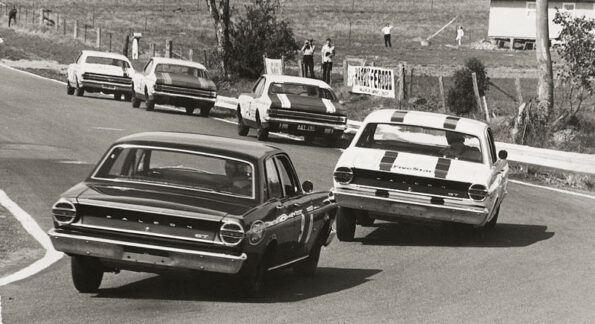
Johnson’s rock incident that year created a whole new chapter in the Great Race volume, an episode that surely could not have occurred at any other event or track. It wasn’t the only story Johnson would bring to the race: there was the crash-shortened 1981 win, his Hardies Heroes wipeout crash in 1983, his win in 1994 at a time many were declaring him a spent force.
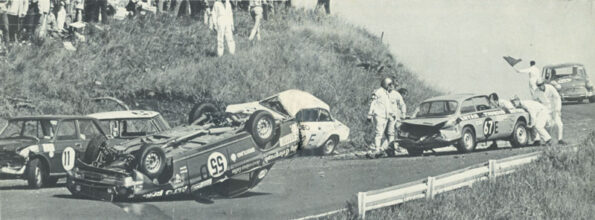
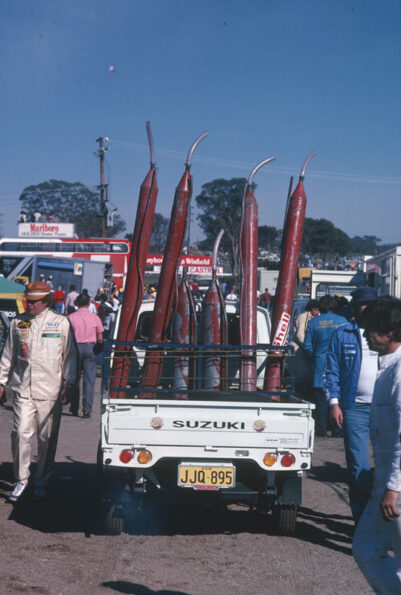
Into the ’90s it was time for the Brocks, Johnsons and Moffats to make way for the new wave of Bathurst stars. Craig Lowndes learned the style and grace of a champion from Brock himself, while Larry Perkins showed how far common-sense engineering and ability behind the wheel can take a driver with three wins running his own show in addition to the three he shared with Brock in the ’80s.
Mark Skaife was not the everyman’s hero but two wins in the all-conquering Nissan GT-R and another four in Holdens cemented his reputation as an all-time Bathurst star. And let’s not forget the man with whom Skaife shared not only those Nissan wins, but also his triumph in 2002. The reunion of old Nissan team-mates Skaife and Jim Richards provided Richards with not only his seventh win, but also made him the only driver to have won the race in the ’70s, ’80s, ’90s and ’00s.
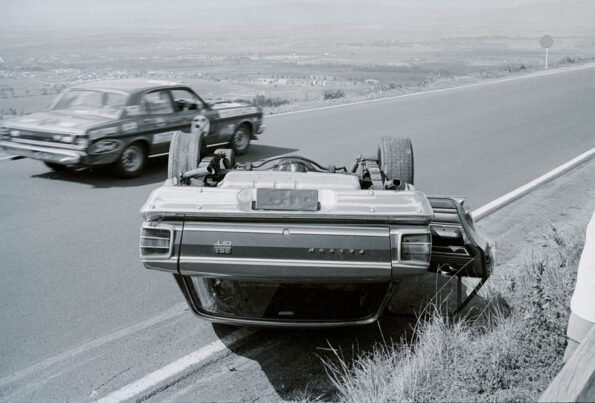
Not surprisingly, some drivers struggle at Bathurst. But for others, something just seems to click when it comes to the Mountain. Greg Murphy is a classic case in point. Always competitive, he is a four-time winner and the man responsible for that so-called ‘Lap of the Gods’ in the 2003 qualifying shootout. That qualifying effort was one of a number of unforgettable single-lap performances: Kevin Bartlett’s 1981 pole winning in the Camaro on a wet track; Brock’s 1979 lap record set on the last lap as he greeted the chequered flag first; George Fury’s pole winner in the Bluebird Turbo against the V8s in 1984; Rickard Rydell’s 2m14.9s pole in the front-drive 2-litre Volvo S40 – that time would have put Rydell 15th on the grid for the Supercar 1000 a few weeks later, one grid spot ahead of the eventual winner.
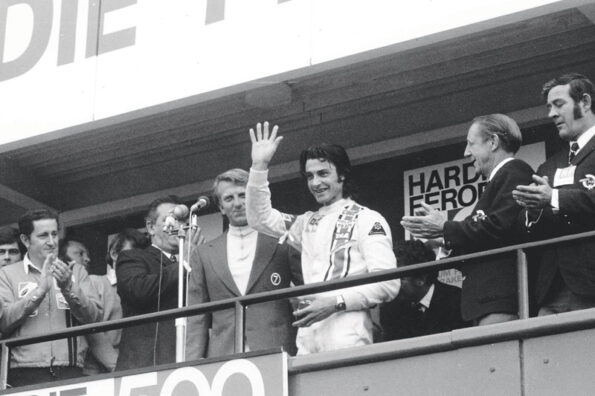
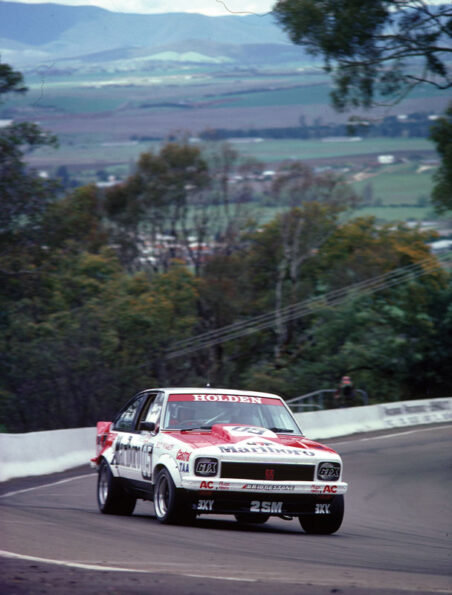
Now, in the ultra professional Supercars era, it’s the likes of Will Davison, James Courtney, Mark Winterbottom, David Reynolds, Shane van Gisbergen, Chaz Mostert and others who are the stars. But let’s not forget the cars – because this race has been almost directly responsible for so many of the high-performance road car specials produced for the Australian market from the mid-1960s till the early ’90s. It started with Harry Firth’s Cortina GT 500 – the 500 meaning Bathurst 500 – followed by the Falcon XR and XT GTs, and Holden’s Monaro GTS 327 and 350. Then came the nimble Torana GTR XU-1, the brutal GT-HO Falcon in its three thundering phases, and Chrysler’s effort with the Valiant Hemi Pacer and Charger E38 and E49 models. The Torana L34 and A9X, the Brock Commodores, the ‘Walkinshaw’ VL and Group A VN Commodore, the Falcon XC Cobra… this list goes on. There are so many events and stories to this race – certainly too many to list here – but my pictorial book, Bathurst: 60 Years of the Great Race, reflects some of them and shows the development and the evolution of this iconic event over 60 fantastic years. The first 50 chapters were originally published in this book’s predecessor, Bathurst: 50 Years of the Great Race, comprising the 1963 to 2012 events.
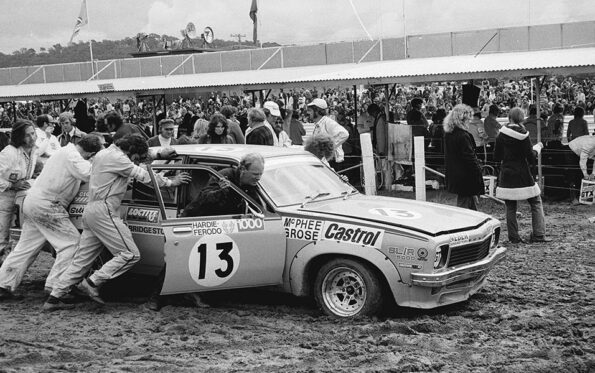
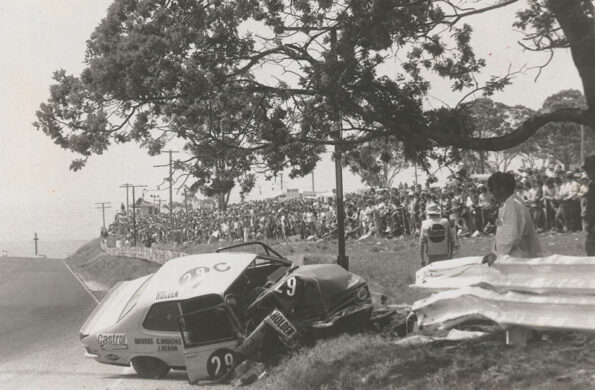
It’s appropriate this major update encompasses another 10 events, inclusive of the 2022 Repco Bathurst 1000, for it neatly captures another period of dramatic change – the race’s Car of the Future era.
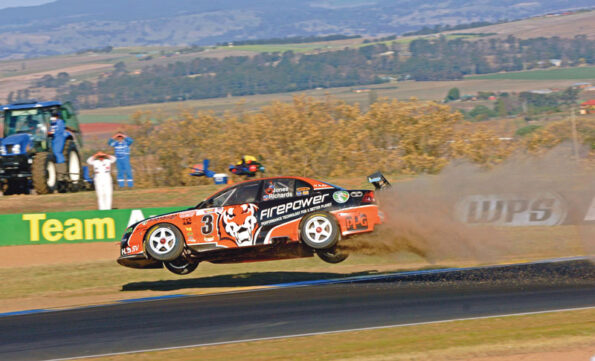
This latest decade, 2013-2022, saw competing cars take another step away from their road-going brethren, with each machine constructed around the same purpose-built tubular racing chassis. A positive of this era was the involvement, for a brief period, of cars bearing the badges of Mercedes-Benz, Nissan and Volvo. The latter two even competed with factory support, but soon disappeared again from entry lists. When they did, it returned the race to a Ford (Mustang) versus Holden (Commodore) affair exclusively from 2020 to 2022, when Holden, too, bid farewell to the race with which it had become synonymous.
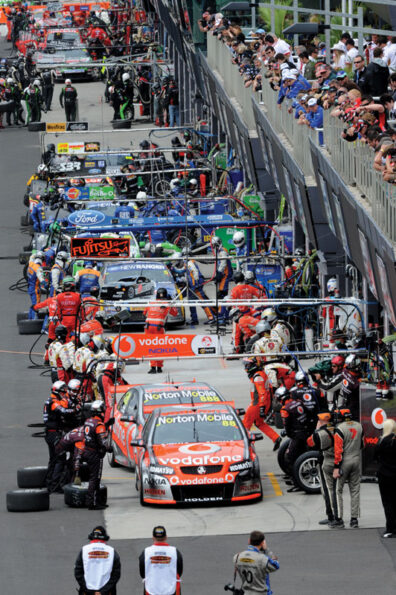
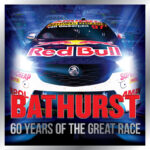
ABOUT THE AUTHOR
Steve Normoyle is currently the editor of motoring and Bathurst racing bible Australian MUSCLE CAR. With over 40 years’ experience as a motoring and motorsport journalist, he is one of Australia’s pre-eminent motorsport historians and has reported on the Bathurst 1000 for over three decades.
This is an edited extract from BATHURST: 60 YEARS OF THE GREAT RACE by Steve Normoyle (Gelding Street Press $39.99) available at Big W and all good bookstores
By Steve Normoyle
ALL IMAGES © CHEVRON PUBLISHING GROUP, A DIVISION OF NEXTMEDIA PTY LTD AND JOHN MORRIS/MPIX PHOTOGRAPHY
For the full article grab the October 2023 issue of MAXIM Australia from newsagents and convenience locations. Subscribe here.




